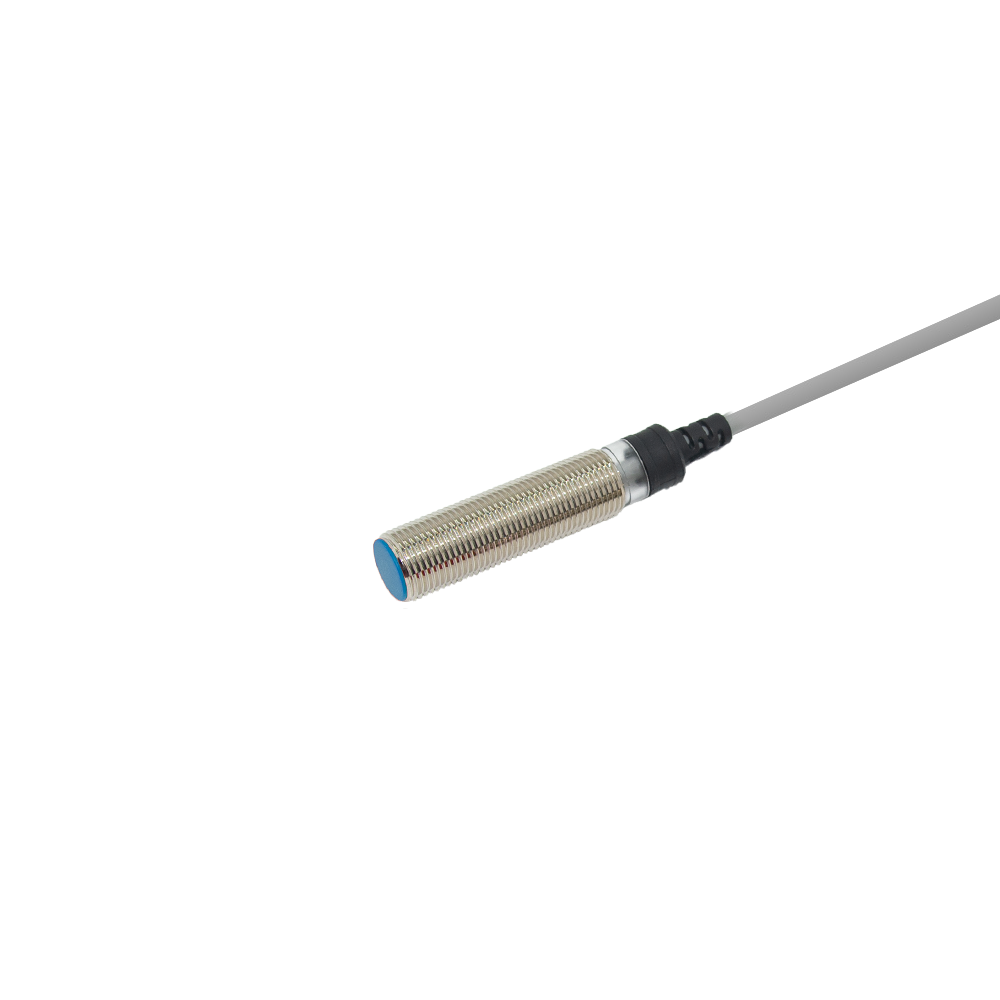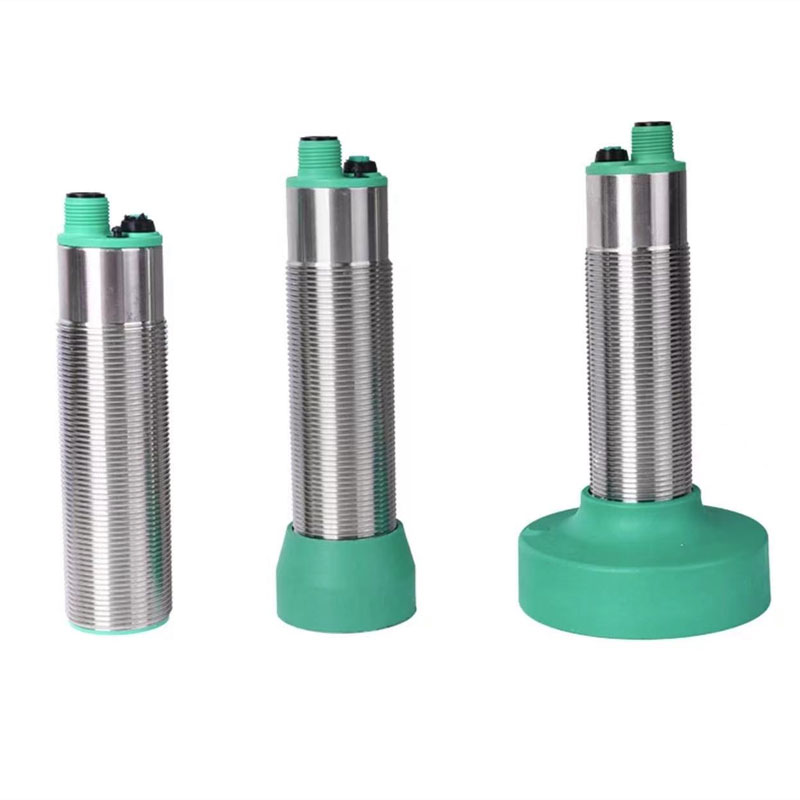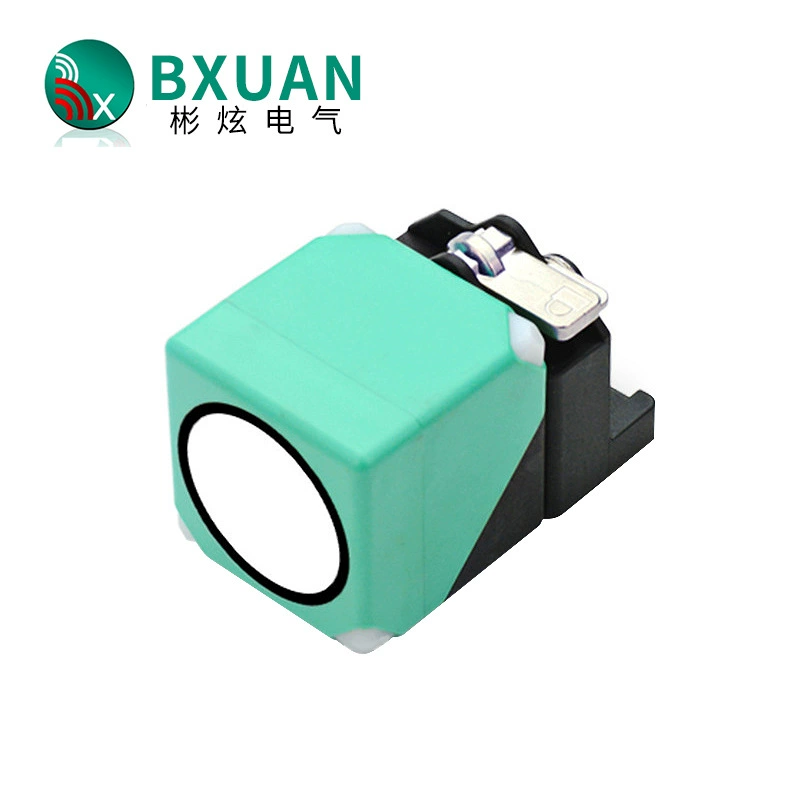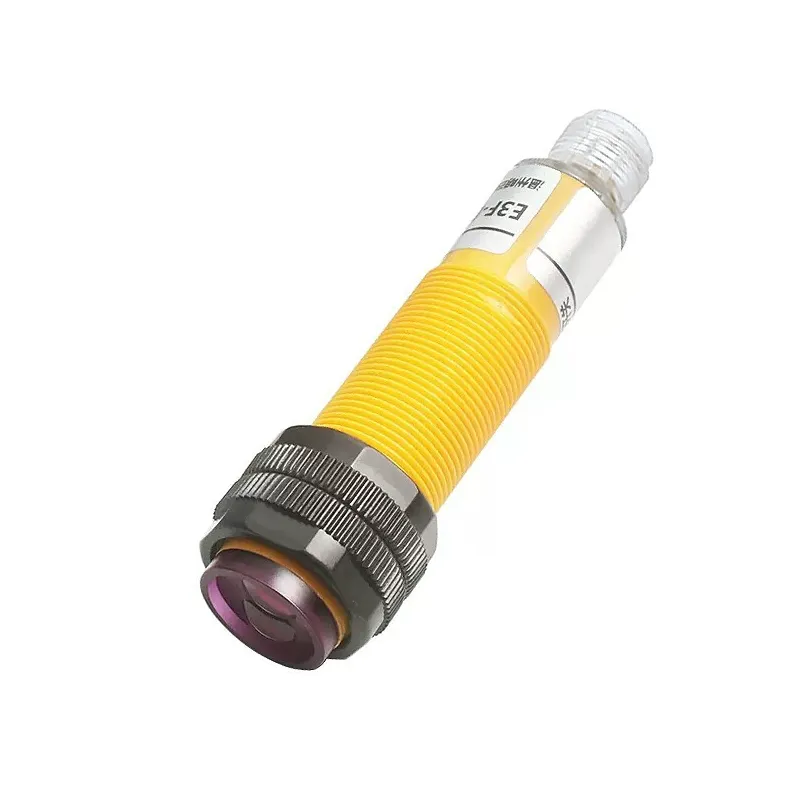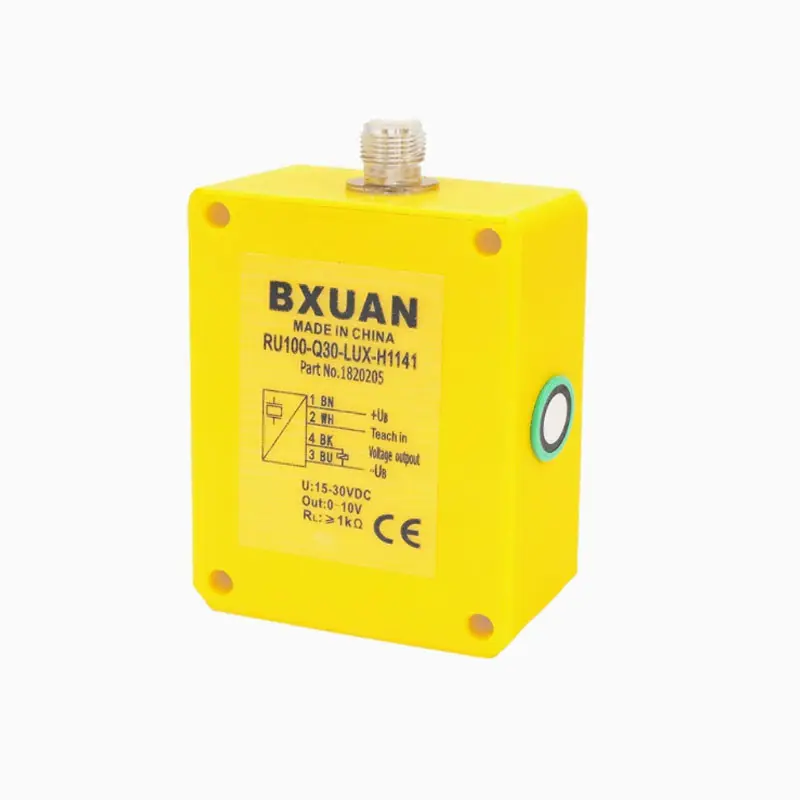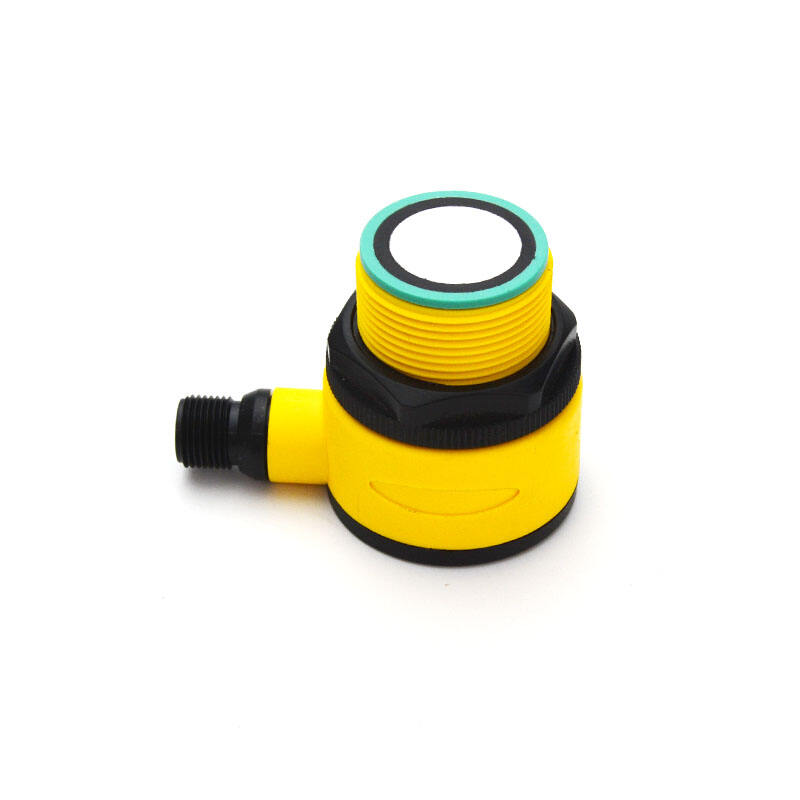optical proximity sensor
An optical proximity sensor is a sophisticated electronic device that detects the presence or absence of objects using infrared light emission and reception. This non-contact sensing technology operates by emitting infrared light and measuring the reflection from nearby objects. When an object enters the sensor's detection range, the infrared light bounces back to the receiver, triggering a response. These sensors incorporate advanced LED technology for emission and photodiodes for detection, making them highly reliable and accurate in various environmental conditions. The sensor's detection range typically varies from a few millimeters to several centimeters, depending on the specific model and application requirements. Modern optical proximity sensors often include ambient light cancellation features and precise threshold adjustments, ensuring consistent performance regardless of surrounding light conditions. They are widely implemented in smartphones for screen dimming, industrial automation for object detection, automotive applications for parking assistance, and consumer electronics for touchless control systems. The sensor's rapid response time, typically in milliseconds, combined with its solid-state construction, makes it an ideal choice for applications requiring frequent, reliable detection cycles.

